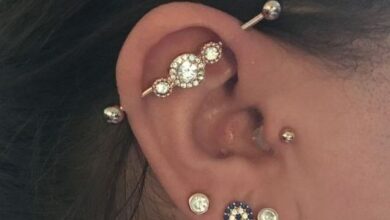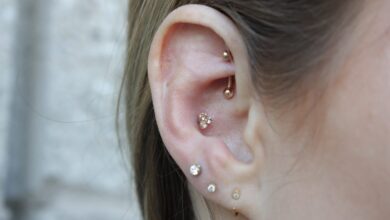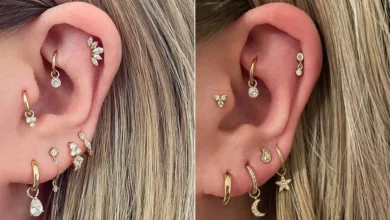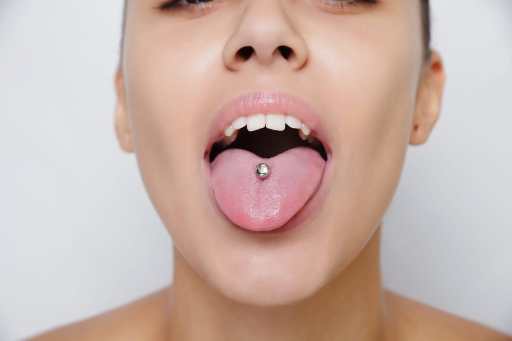
Are you considering getting your tongue pierced? In this article, we will explore the world of tongue piercing, discussing the potential risks, the unexpected benefits, and the wide range of stylish choices available. Whether you’re curious about the experience, contemplating the pros and cons, or simply looking for inspiration for your next body modification, this article is here to provide you with all the information you need. So grab a cup of tea, make yourself comfortable, and let’s embark on this intriguing journey into the art of tongue piercing.
History of Tongue Piercing
Ancient Origins
Tongue piercing is not a recent trend; it has a long and fascinating history that spans across different cultures and time periods. The practice of piercing the tongue dates back thousands of years, with evidence of its existence in ancient civilizations such as the Aztecs, Mayans, and Egyptians. In these cultures, tongue piercing held significant cultural and religious symbolism. For instance, the Aztecs believed that tongue piercing allowed them to communicate with the gods and express devotion to their deities.
Popularity in Modern Culture
In modern times, tongue piercing gained significant popularity and became a mainstream trend during the punk and alternative movement of the 1970s and 1980s. It was commonly associated with rebellion, self-expression, and nonconformity. The trend quickly caught on and spread to various subcultures and eventually became a fashion statement for many individuals.
Evolution of Techniques
The technique used for tongue piercing has evolved over time. In ancient cultures, crude tools such as sharpened bones or thorns were used for piercing. However, with advancements in technology and understanding of the human anatomy, the process has become more refined and safer. Today, professional piercers use sterilized hollow needles and follow strict hygiene protocols to ensure a clean and safe procedure.
Risks Associated with Tongue Piercing
Infection and Swelling
One of the main risks associated with tongue piercing is the potential for infection and swelling. The mouth is a breeding ground for bacteria, and when a piercing is performed, it creates an open wound that is susceptible to infection. Additionally, the tongue has a high blood supply, making it prone to swelling, which can lead to discomfort and difficulty with eating and speaking.
Damage to Teeth and Gums
Tongue piercings can also cause damage to teeth and gums if not properly cared for. The constant contact between the metal jewelry and the teeth can result in chipped or cracked teeth. The movement of the jewelry can also irritate and damage the gums, leading to gum recession and potential gum disease if not addressed promptly.
Nerve and Blood Vessel Damage
Another risk of tongue piercing is potential nerve and blood vessel damage. The tongue is a highly sensitive organ with numerous nerves and blood vessels running through it. If the piercing is not done correctly or hits a nerve or blood vessel, it can lead to complications such as numbness, loss of taste, or excessive bleeding.
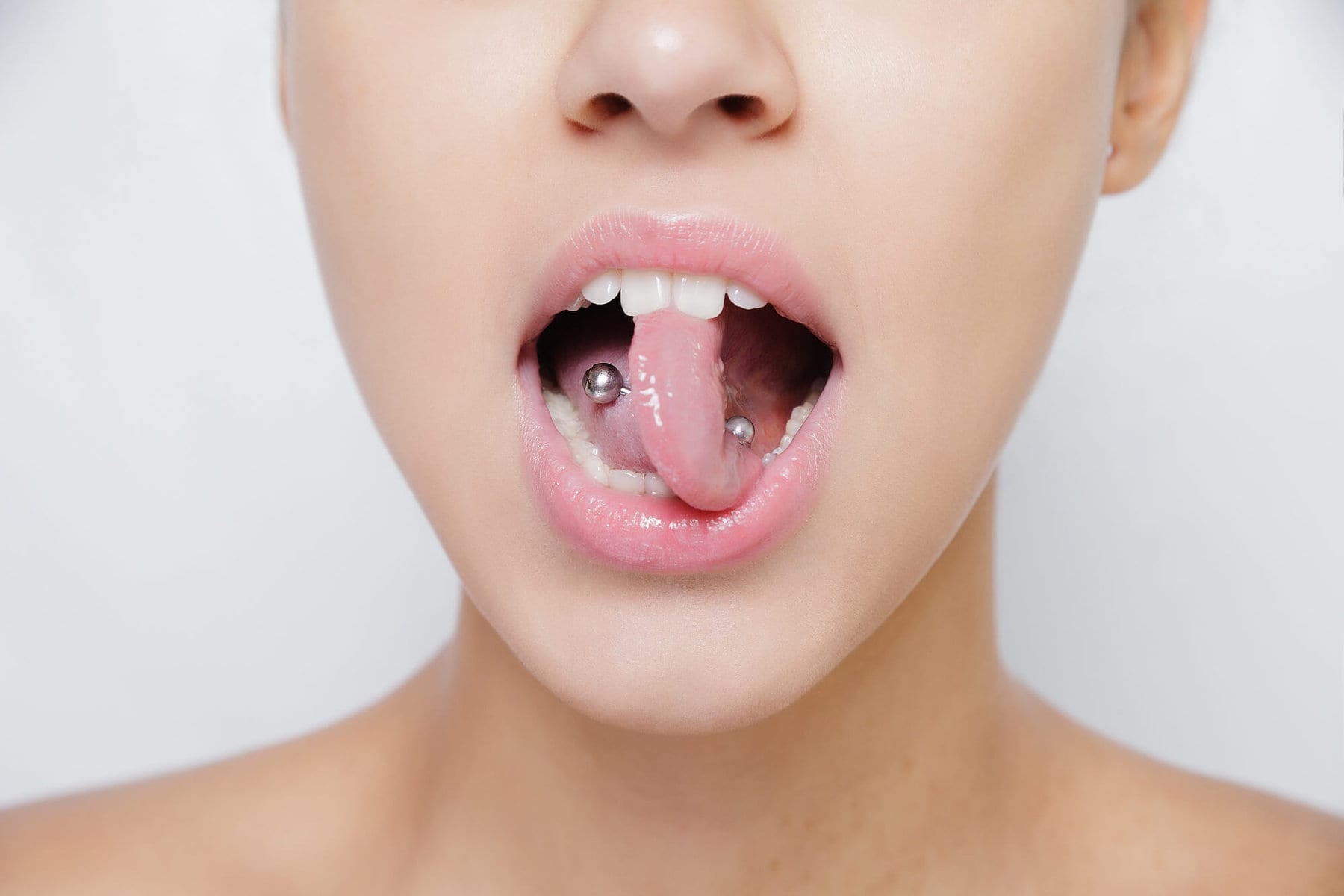
Benefits of Tongue Piercing
Self-expression and Body Modification
One of the major benefits of tongue piercing is the opportunity for self-expression and body modification. Piercings have long been used as a means of expressing one’s individuality and personal style. Tongue piercings offer a unique way to stand out and make a bold statement, allowing individuals to customize their appearance and enhance their self-confidence.

Increased Sensation and Pleasure
Tongue piercings have been known to enhance sensation and pleasure during oral activities. The presence of the jewelry can add a new level of stimulation for both the wearer and their partner, intensifying the overall experience. It can also provide a heightened sense of sensitivity, leading to increased pleasure and arousal.
Potential Oral Health Benefits
Contrary to popular belief, tongue piercings may offer some oral health benefits. Studies have shown that tongue piercings can help stimulate saliva production, which aids in digestion and promotes oral hygiene. However, it is important to note that these benefits can vary from person to person and should not replace regular dental care practices such as brushing, flossing, and routine dental visits.
Choosing the Right Tongue Piercing
Placement Considerations
Choosing the correct placement for a tongue piercing is essential for both comfort and aesthetics. The most common placement is through the center of the tongue, but other options include vertical or horizontal placements. It is crucial to consult with a professional piercer who can assess your anatomy and guide you in selecting the most suitable placement for your individual needs.
Types of Jewelry
There are various types of jewelry available for tongue piercings, each offering unique styles and comfort levels. The most popular jewelry choices for tongue piercings are barbells, typically made of surgical steel or titanium. Barbell options include straight bars, curved bars, and even custom-designed options that cater to personal preferences. It is important to choose high-quality jewelry that is made from hypoallergenic materials to reduce the risk of complications and reactions.
Size and Gauge Options
When it comes to tongue piercings, size and gauge selection play a crucial role in comfort and healing. The size of the jewelry will depend on personal preference and tongue anatomy. It is essential to choose a size that allows for proper cleaning and prevents excessive movement that can cause damage. The gauge refers to the thickness of the jewelry, with smaller gauges being less invasive and more comfortable during the healing process.
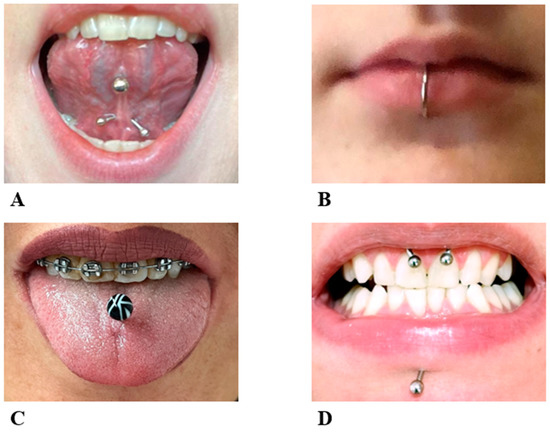
Preparation and Aftercare
Choosing a Professional Piercer
Selecting a professional and experienced piercer is paramount when considering a tongue piercing. Take the time to research reputable piercing studios and read reviews from past clients. A skilled piercer will prioritize your safety, follow strict hygiene protocols, and provide thorough aftercare instructions. Do not hesitate to ask questions or voice any concerns you may have during the consultation process.
Preparing for the Procedure
Prior to the piercing procedure, there are a few steps you can take to ensure a smooth process and minimize discomfort. It is advisable to avoid alcohol, nicotine, and caffeine consumption, as they can thin the blood and increase bleeding during the procedure. Additionally, it is essential to maintain good oral hygiene by brushing your teeth and using mouthwash before the appointment.
Proper Cleaning and Healing
After the piercing, proper cleaning and diligent aftercare are crucial for optimal healing and to minimize complications. Your piercer will provide specific instructions tailored to your individual needs, but generally, proper cleaning involves rinsing with a saline solution or a mixture of sea salt and warm water. It is important to avoid alcohol-based mouthwashes and to gently brush the jewelry and surrounding areas after each meal to prevent the buildup of bacteria.

Common Myths and Misconceptions
Tongue Piercing Causing Speech Impairment
Contrary to popular belief, properly placed and healed tongue piercings do not cause permanent speech impairment. Temporary changes in speech, such as a slight lisp or difficulty pronouncing certain sounds, may occur during the initial healing period. However, with time and proper care, these issues typically resolve, and speech returns to normal.
Metal Allergies and Rejections
There is a common misconception that all tongue piercings lead to metal allergies or rejection. While some individuals may have allergies to certain metals, such as nickel, high-quality jewelry made from hypoallergenic materials significantly reduces the risk of allergic reactions. Additionally, proper aftercare and choosing the right size and gauge can minimize the chances of rejection.
Difficulty Eating and Drinking
Although it is natural to anticipate some adjustments in eating and drinking habits after getting a tongue piercing, it is a temporary inconvenience. Initially, consuming foods and beverages that are softer or easier to manage can help with the transition. As the piercing heals, normal eating and drinking habits can be resumed, with minimal discomfort or disruption.
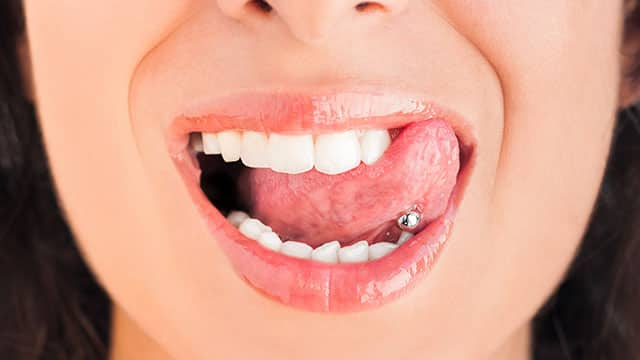
Alternative Tongue Piercing Styles
Frenulum Piercing
In addition to the traditional tongue piercing, there are alternative styles that individuals can explore to further customize their look. One such style is the frenulum piercing, which involves piercing the thin web-like tissue that connects the tongue to the floor of the mouth. Frenulum piercings offer a unique and subtle way to add detail and individuality to the tongue.
Tongue Web Piercing
Another alternative style is the tongue web piercing, which involves piercing the webbing underneath the tongue. This style is known for its aesthetic appeal and can provide a subtle surprise when glimpsed. However, it is important to note that tongue web piercings can have a longer healing time and may require extra care due to their location.

Tongue Tip Piercing
For those seeking a more daring and unique look, the tongue tip piercing may be an option to consider. This style involves piercing the tip of the tongue, and while it may be more visually striking, it can also be more prone to complications. Proper research, consultation with a professional piercer, and understanding the potential risks are crucial before opting for this style.
Potential Complications and Long-Term Effects
Recession of Gums
Over time, tongue piercings can contribute to gum recession, particularly if proper oral hygiene practices are not followed. The constant presence of the jewelry rubbing against the gums can cause irritation and recession of the gum tissue, potentially leading to long-term oral health issues if not addressed.
Migration and Rejection
Migration and rejection are risks associated with any piercing, including tongue piercings. The body may identify the jewelry as a foreign object and gradually push it out of the tongue. This can result in the piercing moving or “migrating” from its original placement, potentially causing discomfort and requiring removal.
Scar Tissue and Stretched Holes
In some cases, tongue piercings may result in the formation of scar tissue. This can happen if the piercing is done incorrectly, or if there is excessive movement or trauma to the area during the healing process. Additionally, if the jewelry is constantly changed or larger gauge jewelry is worn, the piercing holes can stretch over time, causing cosmetic concerns.
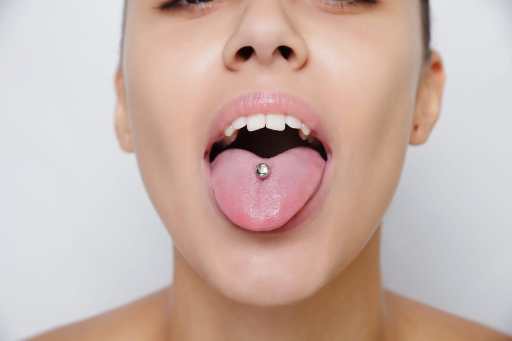
Removing or Retiring a Tongue Piercing
Proper Removal Techniques
If you decide to remove or retire your tongue piercing, it is important to do so correctly to minimize complications and potential scarring. It is advisable to seek the assistance of a professional piercer who can safely remove the jewelry using sterile tools and techniques. Attempting to remove the jewelry on your own can lead to injury or difficulties in completely closing the piercing.
Aftercare for Closures
After the removal of a tongue piercing, proper aftercare is essential to promote healing and reduce the risk of infection. Continue to maintain good oral hygiene practices, such as regular brushing, flossing, and using a mouthwash. Rinsing with a saline solution can also help soothe any discomfort and aid in the healing process.
Potential Aesthetic Effects
It is important to be aware that retiring a tongue piercing may result in cosmetic changes in the tongue. The presence of scar tissue, stretched holes, or slight discoloration may be visible even after the piercing is removed. While these effects are generally minimal, it is essential to consider this possibility before removing the jewelry.

Celebrity Influence and Trends
Famous Tongue Piercings
Throughout history, various celebrities have sported tongue piercings, significantly impacting popular culture and trends. One of the most famous examples is singer and actress Janet Jackson, who proudly showcased her tongue piercing, influencing countless individuals to follow suit. Other notable celebrities with tongue piercings include Beyoncé, Miley Cyrus, and Rihanna.
Current Style and Fashion Trends
In recent years, the style and fashion trends surrounding tongue piercings have continued to evolve. Many individuals are opting for minimalist jewelry styles, such as sleek and understated barbells, to achieve a more subtle and refined look. Additionally, unique and customized jewelry designs, incorporating gemstones or intricate patterns, have also gained popularity, allowing individuals to express their creativity through their piercings.
Impact on Pop Culture
Tongue piercings have undoubtedly made a significant impact on pop culture. From its rebellious beginnings in the punk scene to its widespread acceptance in mainstream culture, tongue piercing has become a symbol of self-expression and individuality. The influence of tongue piercings on pop culture can be seen in music, movies, and fashion, with artists and celebrities proudly showcasing their piercings and inspiring others to embrace their own unique style.
In conclusion, tongue piercing has a rich and diverse history, with both ancient origins and a prominent place in modern culture. While there are risks associated with tongue piercing, such as infection and damage to teeth and gums, it also offers benefits such as self-expression and increased sensation. Choosing the right tongue piercing involves considerations of placement, jewelry types, and sizes. Proper preparation, aftercare, and debunking common myths are crucial for a successful and safe piercing experience. From alternative tongue piercing styles to potential complications and long-term effects, it is important to be informed before making a decision. Whether you choose to get a tongue piercing or retire one, the influence of this art form on pop culture and trends is undeniable.
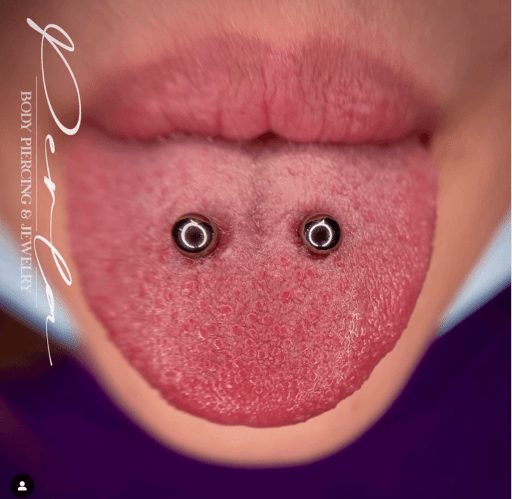
Types of Tongue Piercings(Opens in a new browser tab)
The Evolution Of Piercing: A Historical Perspective(Opens in a new browser tab)
The 16 Types of Ear Piercings: Choosing Based on Pain and Placement(Opens in a new browser tab)


